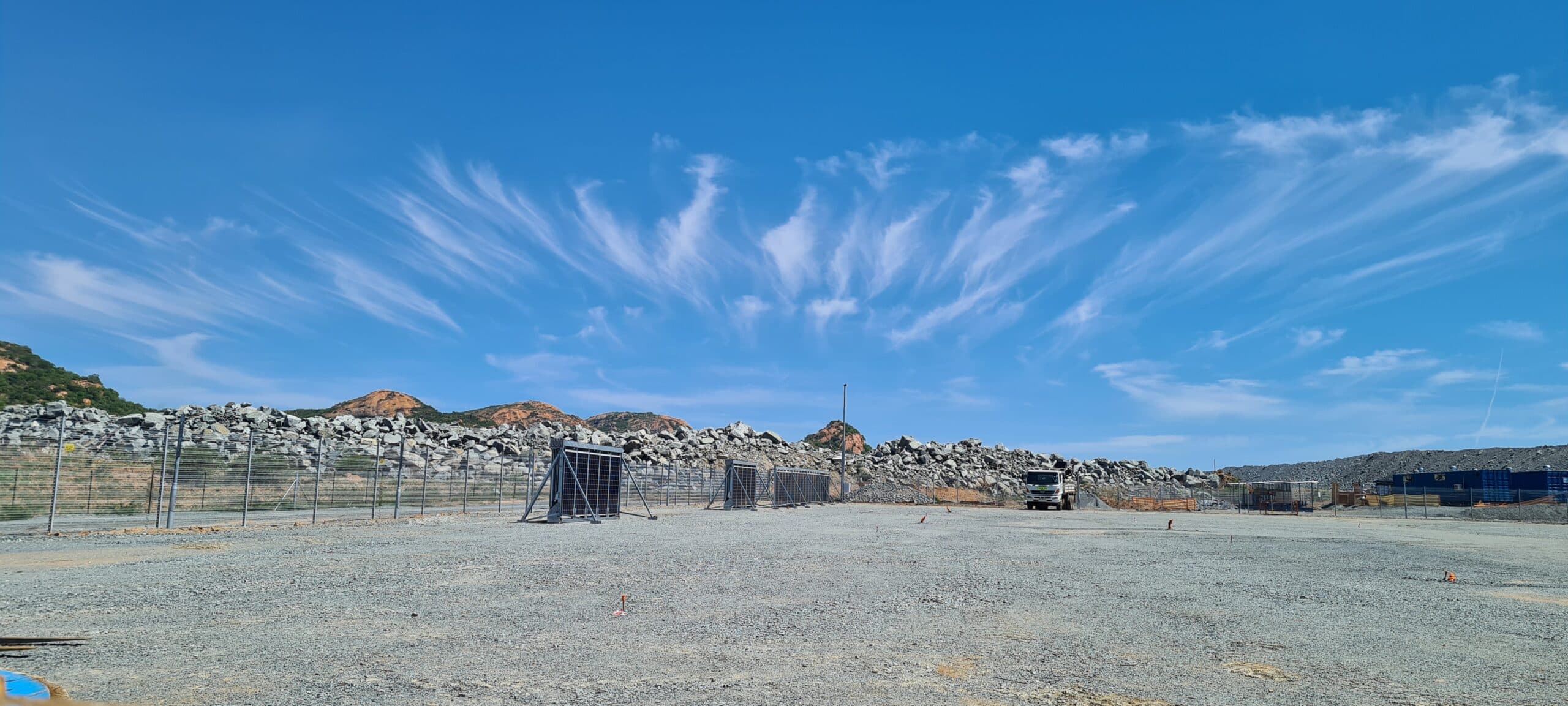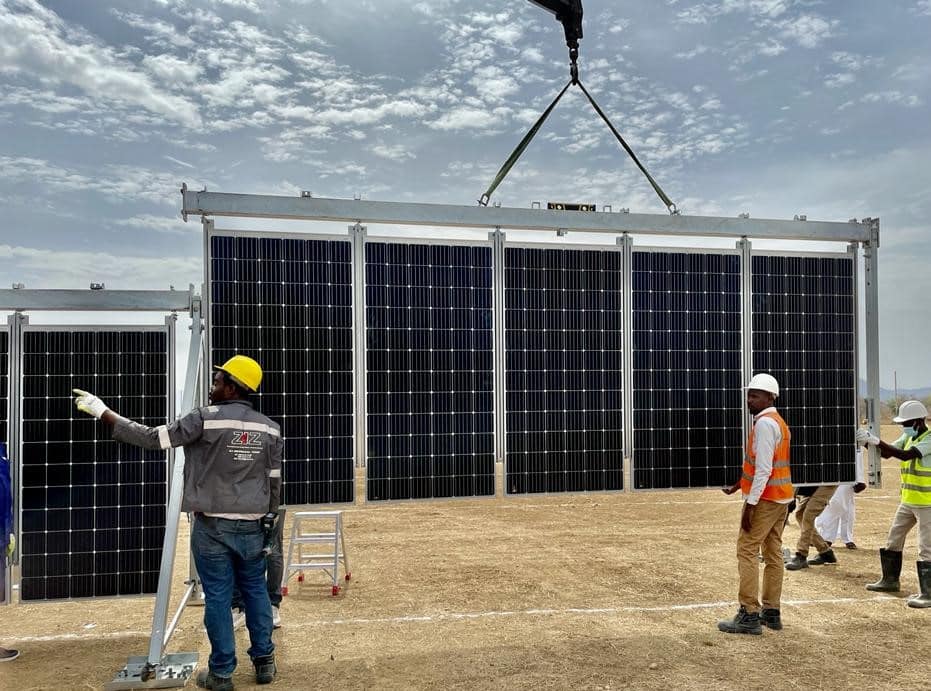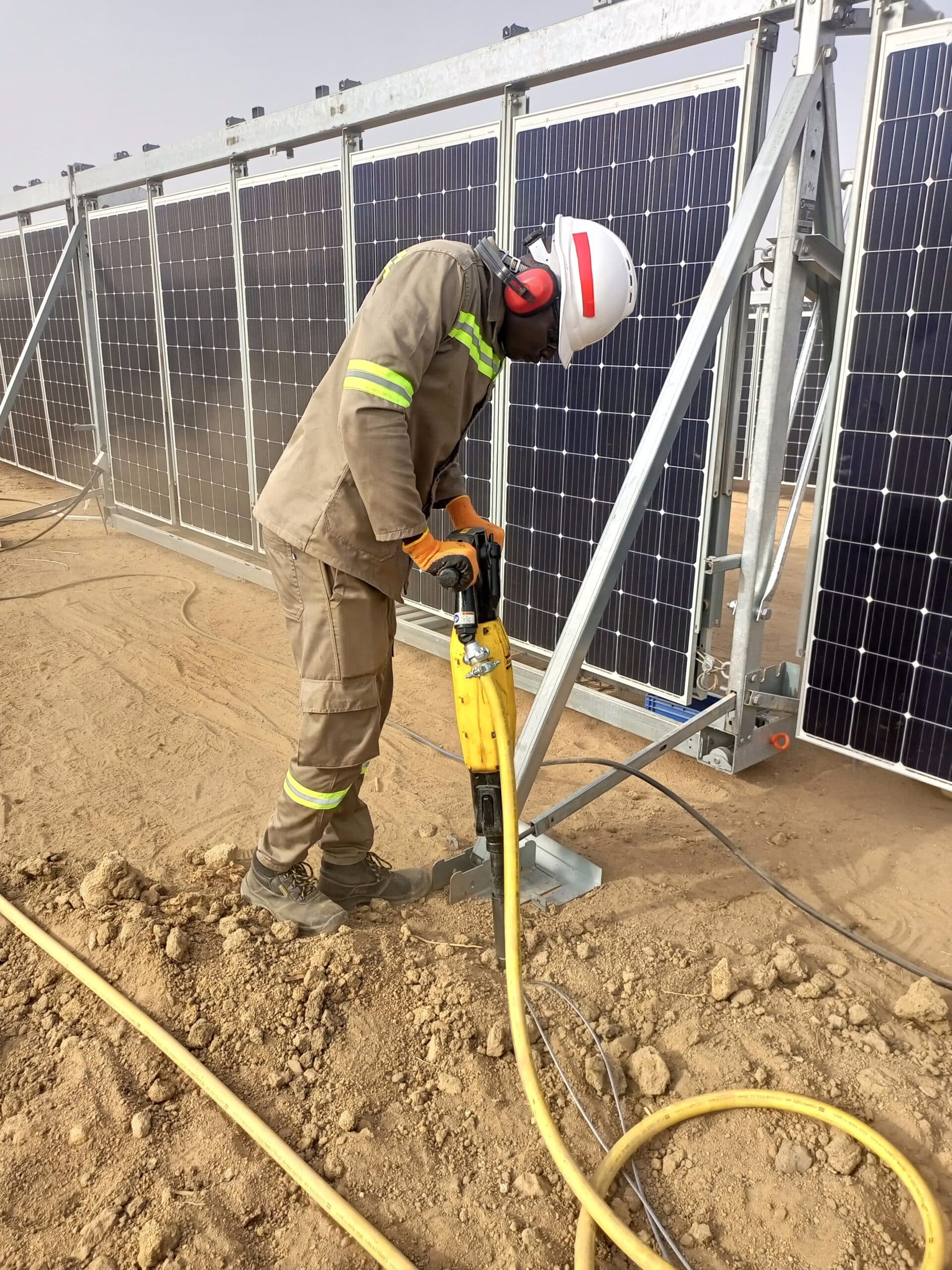
Ricus Grimbeek is the mining advisor for Release by Scatec, a role that feeds into his passion for bringing sustainable solutions to the mining industry.

Ricus Grimbeek, Senior Mining Advisor.
In a recent LinkedIn post, Ricus Grimbeek wrote that he imagines a world in which “mining and other industries use mostly renewable energy”. It’s the answer to his personal ‘why’ (à la Simon Sinek) and it’s a quest that perhaps started at the ripe age of 18, while he was working underground at the coalface of a South African mine.
Ricus has worked in mining for more than three decades. Coal, gold, diamonds, platinum, manganese – his career has been one above and below ground, spanning continents. He says that throughout it all, he’s followed his own path, putting him on a mission to make mining cleaner and greener.
“I’ve always wanted to see mining done differently – both from a health and safety perspective as well as an environmental perspective,” he says.
Digitalization and use of technology were integral to this mission, which is why, as CEO of Trevali Mining Corporate, Ricus and the Trevali team were first in the industry to use underground drones in Africa.

Release by Scatec, Mining Industry Solution.
The ‘too good to be true’ renewable energy solution for mines
While still serving in his CEO role, Ricus met Roberto Berardo from Scatec. Roberto told Ricus about a flexible, redeployable solar solution that seemed amazing – no capital, fast delivery and flexible contact period – almost too good to be true, Ricus recalls.
“Finally. Here was an innovative, flexible solution that could get solar power deployed quickly to a mine.”
Ricus adds that Release really fed into his passion around climate change and presented the opportunity to truly do something significant in the industry to which he’d been so devoted. It was a way for him to help get as much renewable energy into the industry as fast as possible.

Release by Scatec, For Mining.
Release targets 100 MW of solar mines to mines in Africa
The Release team has set a goal to deploy 100 MW of solar power to mines in Africa within the next year. Getting there requires understanding the needs of the mines and speaking with the people who aim to power these mines with more affordable and cleaner solutions. He wants to make sure that others in the industry discover the benefits of Release and feel that same sense of amazement that he experienced.
“We are working to educate the industry about the renewable energy solutions available to them,” says Ricus.
“I want to challenge all the leaders in mining and other industries that use carbon intensive electricity to reach out to me or the Release team to understand the opportunities that are available. We invite you to visit the Scatec Operations Centre in Cape Town to see for yourself how a world class renewable energy company operates its assets on a 24/7 basis.”










Recent Comments